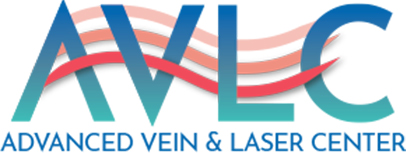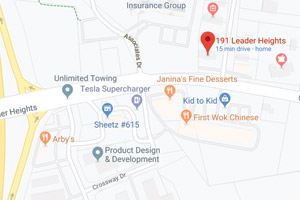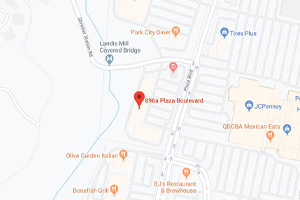Spider Vein Specialists
Vein Specialists & Vascular Surgeons
Spider Vein Specialists
Vein Specialists & Vascular Surgeons
AVLC Spider Vein Treatments
AVLC Spider Vein Treatments
About 50-55% of women and 40-45% of men suffer from either spider veins or varicose veins. Vascular surgeons Steven Heird, MD, FACS, and David Winand, MD, FACS, treat all types of problem veins with sclerotherapy and ambulatory phlebectomy at Advanced Vein & Laser Center locations in York and Lancaster, Pennsylvania. To reduce the appearance of spider veins, call or book an appointment online today.
About 50-55% of women and 40-45% of men suffer from either spider veins or varicose veins. Vascular surgeons Steven Heird, MD, FACS, and David Winand, MD, FACS, treat all types of problem veins with sclerotherapy and ambulatory phlebectomy at Advanced Vein & Laser Center locations in York and Lancaster, Pennsylvania. To reduce the appearance of spider veins, call or book an appointment online today.
Spider Veins Q & A
Spider Veins Q & A
What are spider veins?
Similar to varicose veins, only smaller, spider veins are red, purple, or blue blood vessels that often have a web-like appearance. Though typically harmless, spider veins are more of a cosmetic concern. However, spider veins can cause leg pain, such as aching or burning, especially after standing for long periods of time.
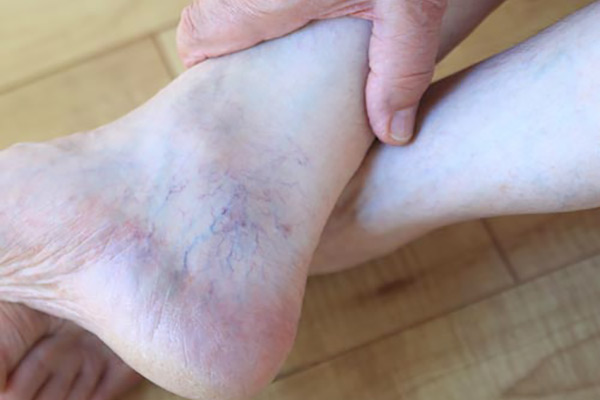
What causes spider veins?
The inside of your veins contains special valves that keep blood flowing properly. When these valves leak or malfunction, blood can flow backward. This causes blood to pool in the veins, which may lead to spider veins.Who gets spider veins?
Anyone can get spider veins, but your risk of developing this problem increases with age. Your blood vessels naturally wear down over time, increasing your susceptibility to spider veins.
Other factors that increase your risk of spider veins include:
- Having a family history of spider veins
- Standing or sitting for long periods
- Being overweight or obese
- Having a history of blood clots
Women are also more likely to develop spider veins than men. This is most likely due to hormonal changes that occur with pregnancy or menopause. Women who undergo hormone replacement therapy or take birth control pills may also be at greater risk of developing spider veins.
How do you treat spider veins?
The team at AVLC offers the most effective treatments for spider veins, including ambulatory phlebectomy and sclerotherapy. To determine which is right for you, Dr. Heird or Dr. Winand first performs a physical exam and carefully evaluates your problem veins. Then, they recommend the best treatment for you. Dr. Heird performs these procedures at the AVLC location in York, and Dr. Winand performs them at the Lancaster office.Ambulatory phlebectomy
An ambulatory phlebectomy is a minimally invasive procedure. First, Dr. Heird or Dr. Winand numbs the area with a local anesthetic and then makes a small incision in your skin. Then, they remove the superficial veins through this tiny incision. These incisions are so small they don’t require stitches, and patients rarely report any pain during the procedure. Afterward, you may experience mild discomfort and will need to wear compression stockings for 2-3 weeks.Sclerotherapy
During sclerotherapy, Dr. Heird or Dr. Winand uses a tiny needle to inject the spider veins with a special foaming solution. This injection causes the vein to collapse and die, gradually fading or disappearing altogether.
Similar to phlebectomy, you must wear compression stockings for 3-5 days after the procedure.
To learn more about treatments for spider veins, call Advanced Vein & Laser Center or book an appointment online today.
Schedule your consultation today
Schedule your consultation today
Choose your preferred office location:
What our patients are saying
What our patients are saying
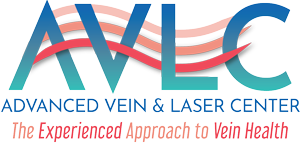
Useful Links
Towards Healthy Life
About us
treatments offered
Patient Resources
Contact Us
Request a consultation
Career Opportunities
